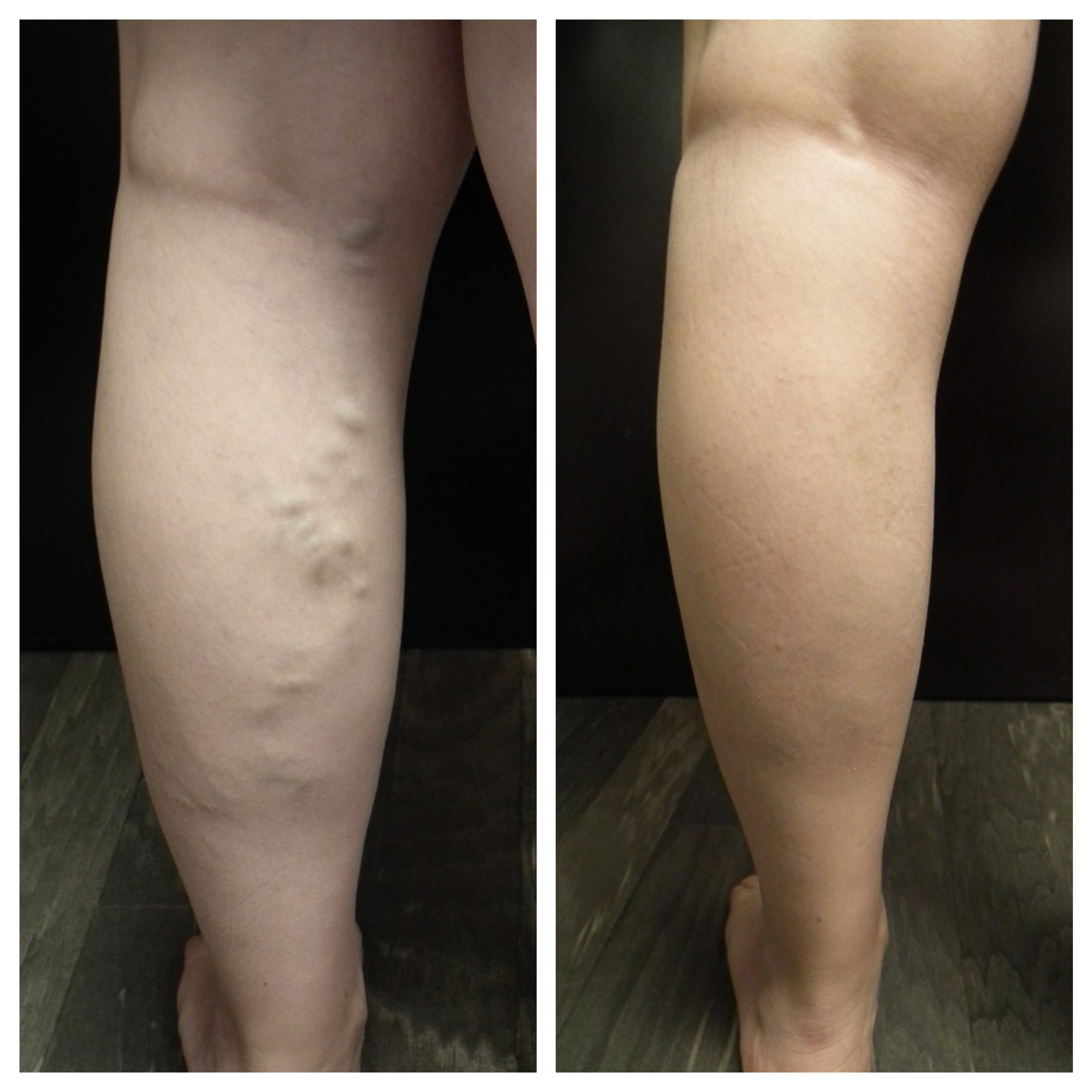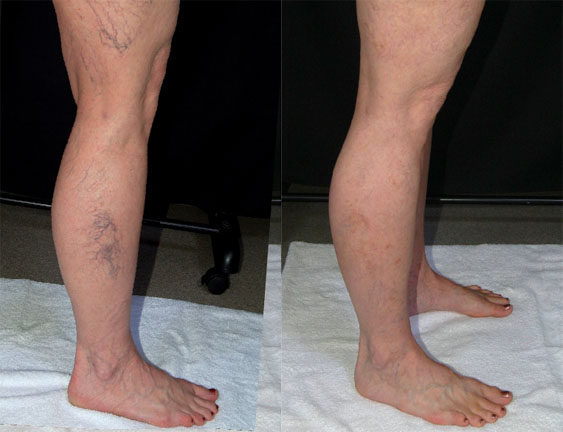Varicose Veins
Varicose veins are twisted, enlarged veins. Any superficial vein may become varicosed, but the veins most commonly affected are those in your legs. That's because standing and walking upright increases the pressure in the veins of your lower body.
For many people, varicose veins and spider veins — a common, mild variation of varicose veins — are simply a cosmetic concern. For other people, varicose veins can cause aching pain and discomfort. Sometimes varicose veins lead to more-serious problems.
Whether you have leg pains associated with varicose veins or purely cosmetic concerns linked to unsightly spider veins, our board-certified vein specialists will devise a personalized treatment plan that fits your condition.
Our is staff is equally proficient at performing the most advanced and minimally-invasive procedures that include endovenous laser ablation, radiofrequency ablation (Venefit), ClariVein treatment, sclerotherapy, and microphlebectomy.
Treatment Options
Microphlebectomy
This minimally-invasive procedure is ideally suited to treat superficial bulging veins that are too large for Sclerotherapy.
The Steps Involved:
An ultrasound is performed before treatment.
A local anesthetic is administered.
The procedure is relatively quick, lasting from 30 minutes to an hour.
Due to the small size of punctures, this procedure doesn’t require stitches.
Patients can go back to their daily activities the following day.
Doctors may recommend compression stockings to be used during the first two weeks after the procedure to control minor swelling.
ClariVein
Known to be safe and painless, Limited risk and discomfort, guaranteed up to 74% less pain than other peripheral vascular treatments .There is no risk of thermal injury or nerve damage.
The Steps Involved:
An ultrasound is performed before treatment.
Due to its non-invasive nature, this procedure requires only a small amount of local anesthetic to be administered.
The tip of the catheter is positioned at the top of the vein to stimulate the inner lining.
As the tip rotates, sclerosant solution is infused through the end of the catheter causing the vein to seal.
Sclerotherapy
Effective in treating both varicose and spider veins, sclerotherapy uses injectable sclerosing solution or foam that causes the vein to shrink.
Steps Involved:
Ultrasound is recommended to ensure precise results.
This is a relatively painless procedure that requires no anesthesia.
This treatment involves thinnest possible needles to make a number injections along the vein
The affected area is injected with sclerosant solution or special foam which will cause the vein to collapse.
Recommended treatment is performed in 2-3 sessions to achieve fading of undesirable veins.
Endovenous Laser Ablation
The heat produces a steam bubble inside the vein, which destroys the vein walls. As the affected vein collapses, the body naturally absorbs the dead tissue.
Steps Involved:
The affected vein is located using ultrasound imaging and marked with a pen.
A minimal incision is made.
A catheter is inserted through the incision and positioned inside the vein.
The laser fiber is inserted through the catheter to heat the vein.
After the heat seals the vein, the incision is covered with a bandage vein.
Thank you to the Mayo Clinic for this informational video







